A couple of weeks ago, I wrote about spring in the Fall Line Sandhills of Taylor County. Since writing Color Returns to the Sandhills, I returned to the sandhills with the Georgia Botanical Society. This week, I am sharing photos from that trip as well as previous April visits. If you missed previous essays in my sandhills series or just want more to read, here’s a link to all posts tagged “sandhills.” If you’d like to visit these sandhills, Georgia Botanical Society is leading another field trip on May 24th.
Goat’s rue, Tephrosia virginiana, is one of my favorite wildflowers. I love its two-toned, butter yellow and hot pink blossoms. They are a good illustration of the unusual floral morphology of the Fabaceae (legume) family — the two upper petals are the banner, and the lower petals are the keel surrounded by two petals called wings. In goat’s rue, the banner is usually yellow or white, though in the photo below, some are pale pink; the keel is a darker hot pink.
Below, another Fabaceae, Baptisia lanceolata, brightens the sandhills. Its common name also refers to an animal — gopherweed, for gopher tortoises. Its blossoms are all one color — the yellow of the nearby meadowlarks who sing throughout the sandhills and adjacent cow pastures.
Sundial lupine, highlighted in the previous Sandhills spring essay, is also in the fabulous Fabaceae family. Here’s another photo of last April’s profusion of lupine.
Few lupine bloomed this year, giving me an opportunity to focus on structure and colors of individual flowers. I had never noticed that, like goat’s rue, the flowers of lupine can be two-toned — a violet banner dotted with darker nectar guides, their color similar to plums and the petals of dwarf iris, with keel and wings a dark sky blue.
The three-petaled, triangular flowers of Tradescantia — spiderwort — also bring a vibrant, pale violet-blue to the landscape. I believe this is T. hirsuticaulis — hairystem spiderwort. This is a relative of the spiderwort that grows enthusiastically in Atlanta gardens (well, in mine at least — because I allow it to. Why don’t people like this pretty flower?)
Clasping Venus’s looking glass, Triodanis perfoliata, so named for its perfoliate leaves that seem to clasp the stem and flower bud, carries small, star-shaped flowers of (usually) purple and (sometimes) white on very slender stems that sway in the breezes that seem to always blow through the sandhills. Like the Tradescantia above, it is a less common relative of another plant found, as a volunteer, in Atlanta gardens — small Venus’s looking glass, T. biflora.1
Sandhills milkweed, Asclepias amplexicaulis, bloomed early this year, with its white-to-pale pink dome of flowers that match the pale pink stems and thick, pale pink veins of broad green leaves that clasp the stem.
Bird song fills the sandhills in spring — the sweet, ringing chimes of pinewoods sparrows2 joins the melodies sung by more colorful birds — Eastern meadowlarks, the front of their bodies gopherweed yellow and adorned with a striking black V across the throat; and, returned from their warmer winter homes, blue grosbeaks and indigo buntings. Yet these bright birds are heard more than seen; my years of Sandhills photos include very few birds. Thus I was delighted this April to be greeted at the WMA entrance by Eastern kingbirds. These flycatchers also winter further south and had recently returned to their summer breeding grounds in Georgia.
The song that fills the sandhills bogs is, unsurprisingly, frogs’. It is in April that I have heard the eerie, lovely, siren-like chorus of bird-voiced tree frogs, Hyla avivoca. This April, for the first time, I saw one! The frog is photographed below, seated on sphagnum.
April brings insects; I think when I lament the “Brown Season” of late November through early March, what I really miss are insects. I miss the variety of insects, the thrill of seeing something unexpected whenever I go outside, and the sense of discovery in finding something new — or something I hadn’t seen in so long I’d forgotten about it — even in my own yard. In the sandhills, the insects bring as much color as the flowers.
If warblers are the jewels of springtime woodlands, I think dragonflies are the jewels of the April bog. They soared gracefully around a bog we explored in the afternoon — a bog I managed not to fall into. The slender, bright yellow dragonfly pictured below is confusingly called a “little blue dragonlet.” Adult males are blue; females and juvenile males are this golden shade. As their name suggests, dragonlets are tiny compared to the other dragonflies of the bog.
Buckeyes, as both adult butterflies and caterpillars, are abundant in the sandhills right now. Though they seem to enjoy Agalinis in the fall, these caterpillars are not picky; they feast on a wide variety of host plants. Below, a buckeye caterpillar, almost as colorful and ornate as the butterfly3 of the species, snacks on Texas toadflax (one of the flowers highlighted in the most recent Sandhills essay.)4
Bright yellow, black, and dark red against the green of pine, the larvae of red-headed pine sawflies, Neodiprion lecontei, gather to feed on the long needles of longleaf pine (Pinus palustris). They may look like caterpillars, but they will not become butterflies; as adults, they will resemble red-headed, black-winged wasps.
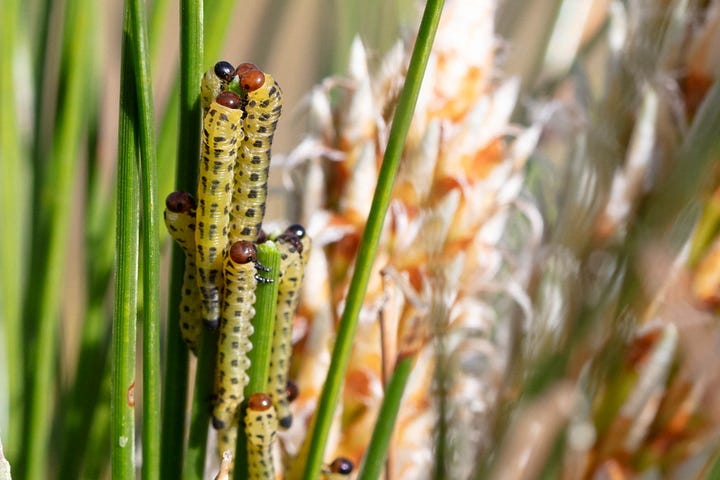
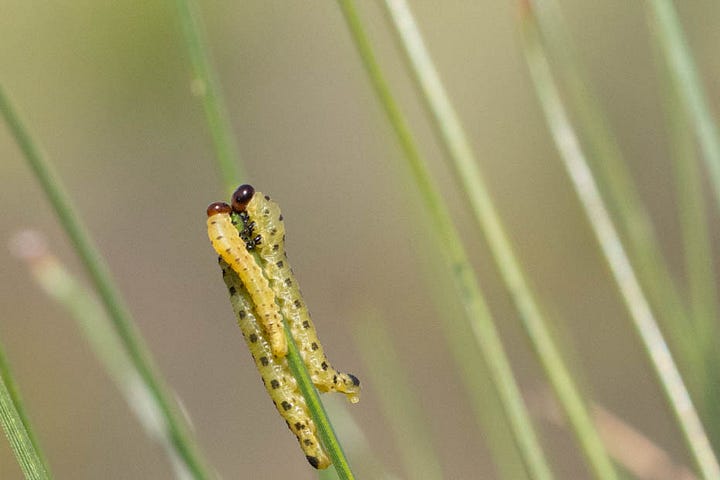
A kind of wingless wasp (and not truly an ant at all), velvet ants bring coppery fire to the sand that they speed across. Many species call the sandhills home; below is Pseudomethoca simillima, which seems to have no common name.
On the shining red leaves of winged sumac, Rhus copallinum, my friend Leila pointed out tiny planthoppers, with black wings and bright yellow heads. Leila explained to me that they are a specialist herbivore found only on sumac — possibly only winged sumac.
Though it is not yet the time of the stunning, ornate Florida garden spiders of summer and fall, April brings interesting arachnids, such as this fuzzy, cute Putnam’s jumping spider that I stumbled across in a dense woodland two years ago. The striking black and white geometric abdomen pattern caught my attention.
Since it is Gall Week, I close this gallery post with an unusual leaf gall found on last month’s Georgia Botanical Society trip. I believe this candy cane fluff on the surface of a Southern red oak leaf is caused by a tiny fly called Macrodiplosis niveipila (no common name — I propose Candy Cane Fluff). Look for unusual structures like this, document them, and post them to the Gall Week iNaturalist project through Sunday, May 11th!
Diane Porter wrote the following lovely tribute to Venus’s looking glass.
Also known as Bachman’s sparrows. The new proposed common name of “pinewoods sparrow” is not only a historical name for this species, but it is also more descriptive than “Bachman’s sparrows.” I feel this is an important note in the controversy over renaming birds — the new (and sometimes, not actually new) names are more descriptive, and thus more helpful to new birders and just more useful, generally. Who is Bachman? I don’t know, but I do know that Peucaea aestivalis is native to the pine woodlands of the Southeast and loss of that habitat threatens the survival of the species. Plus, now I can stop worrying about misspelling “Bachman” with two n’s, as is my wont.
For a photo and written description of the buckeye butterfly, see an earlier essay:
Also highlighted in this essay by Jenks Farmer, which I really enjoyed and meant to link from the last sandhills post:

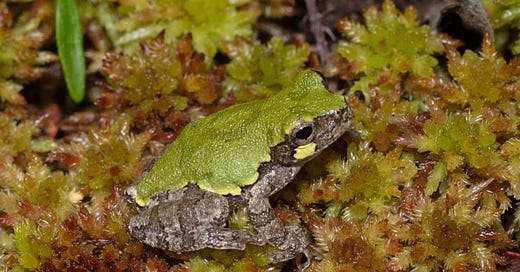

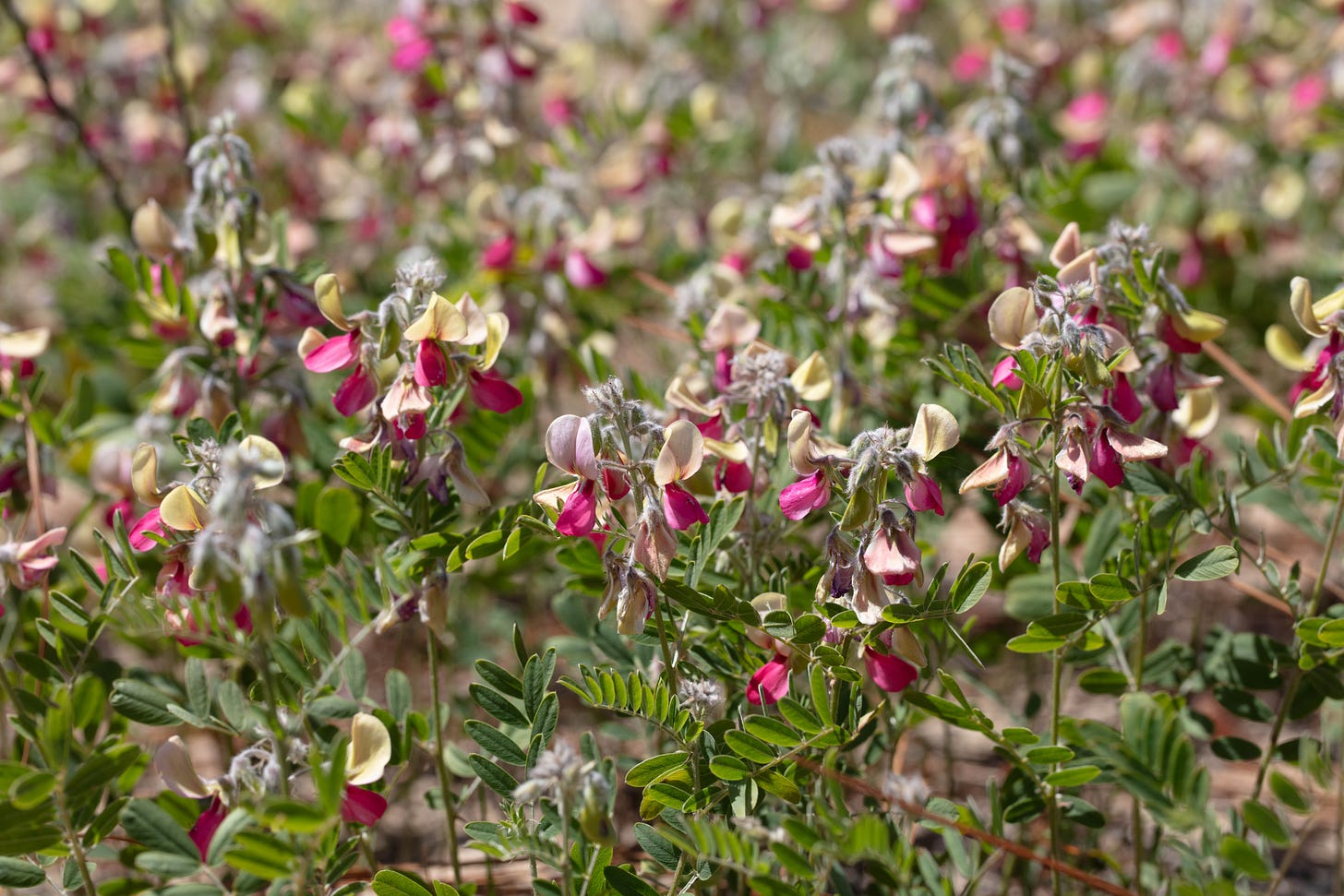
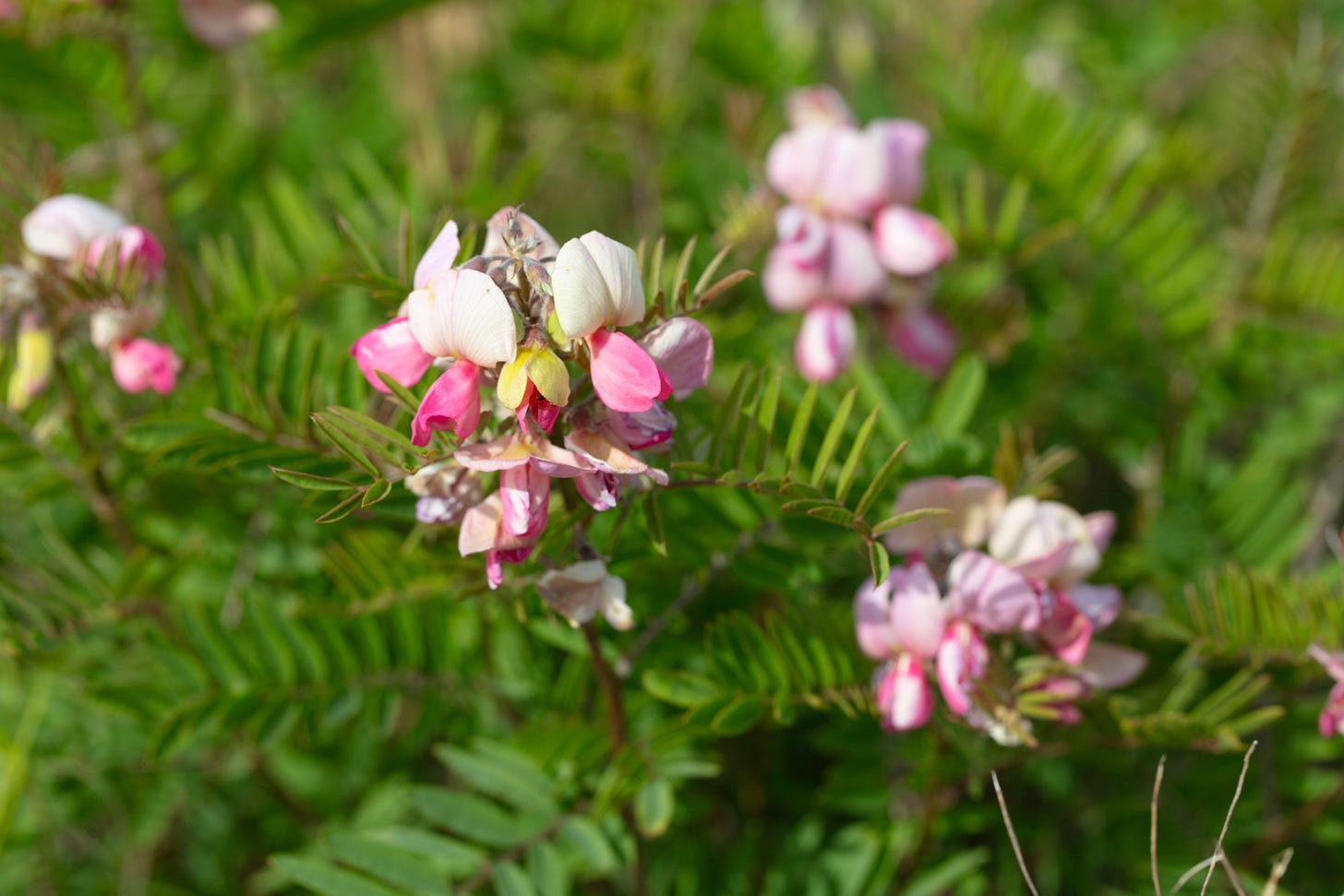
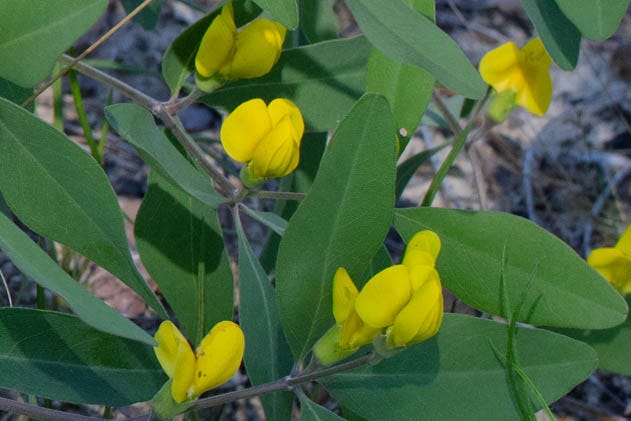
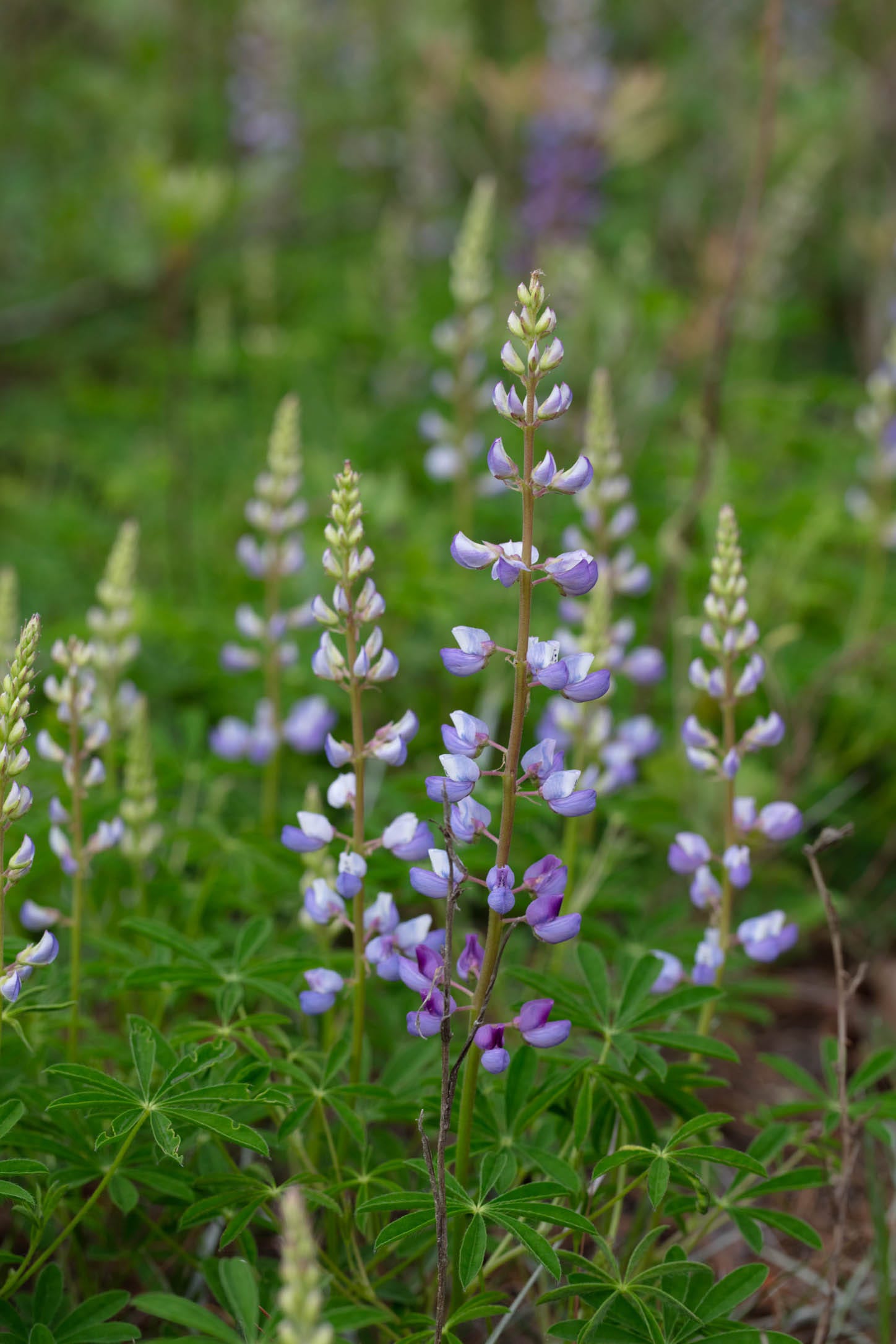
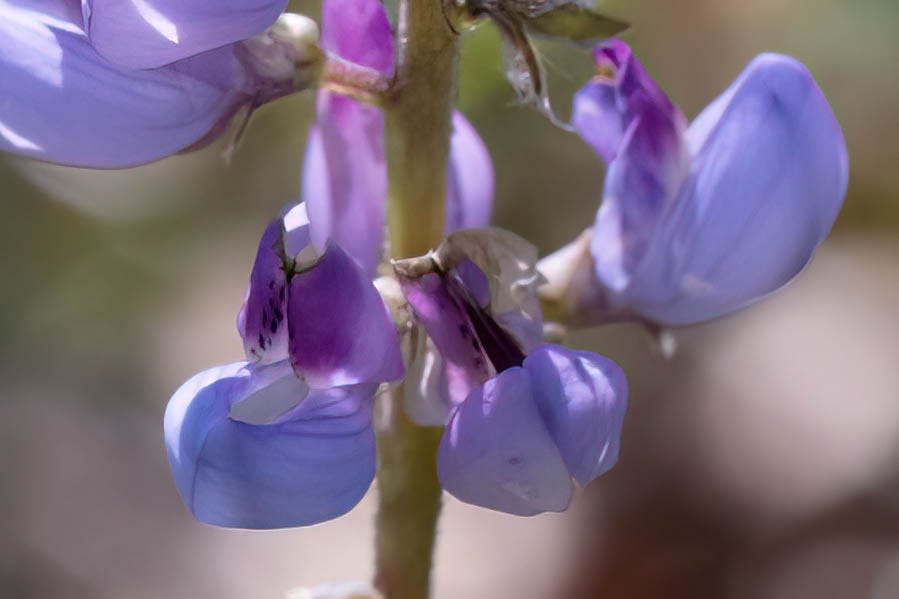
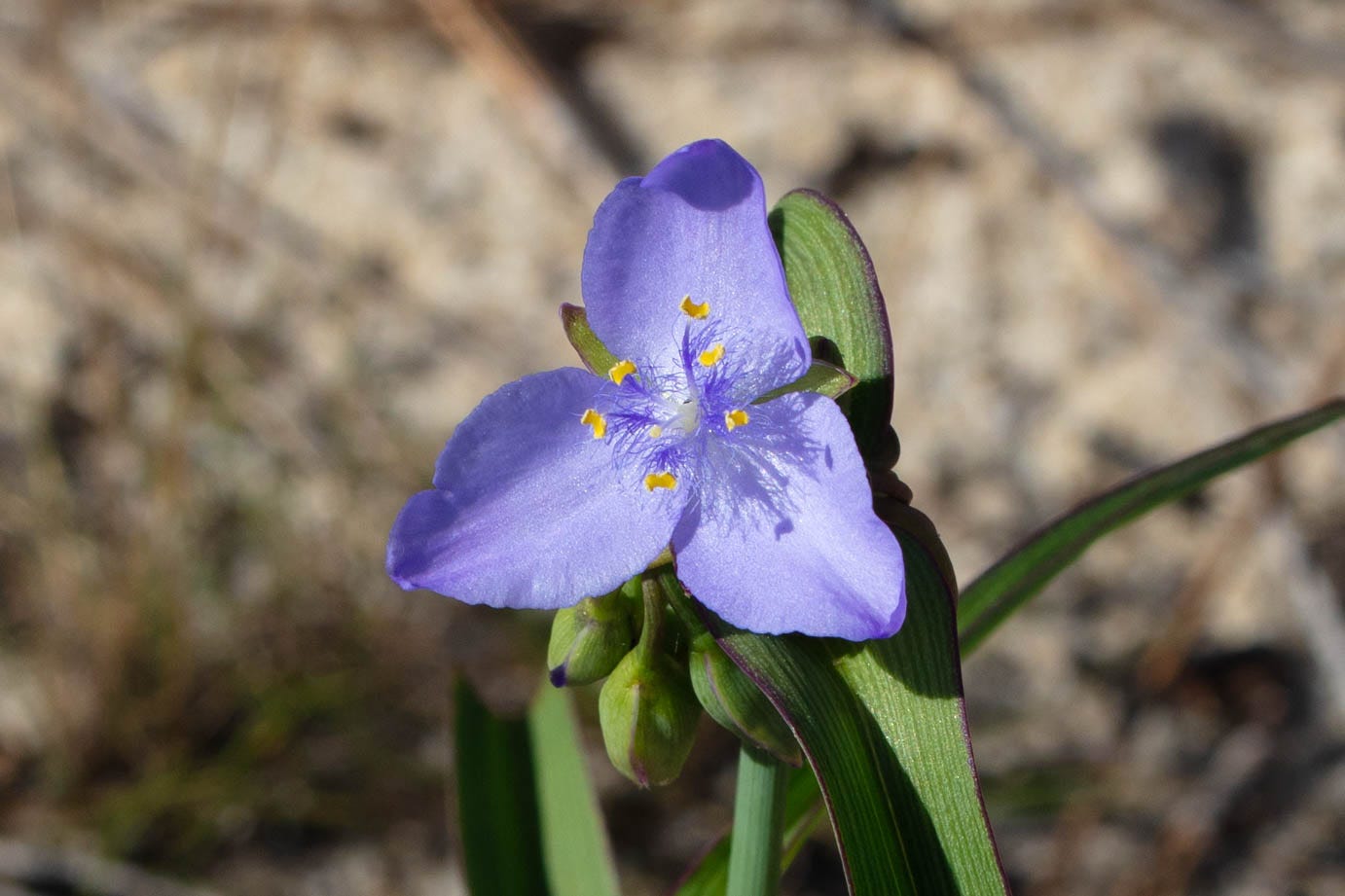
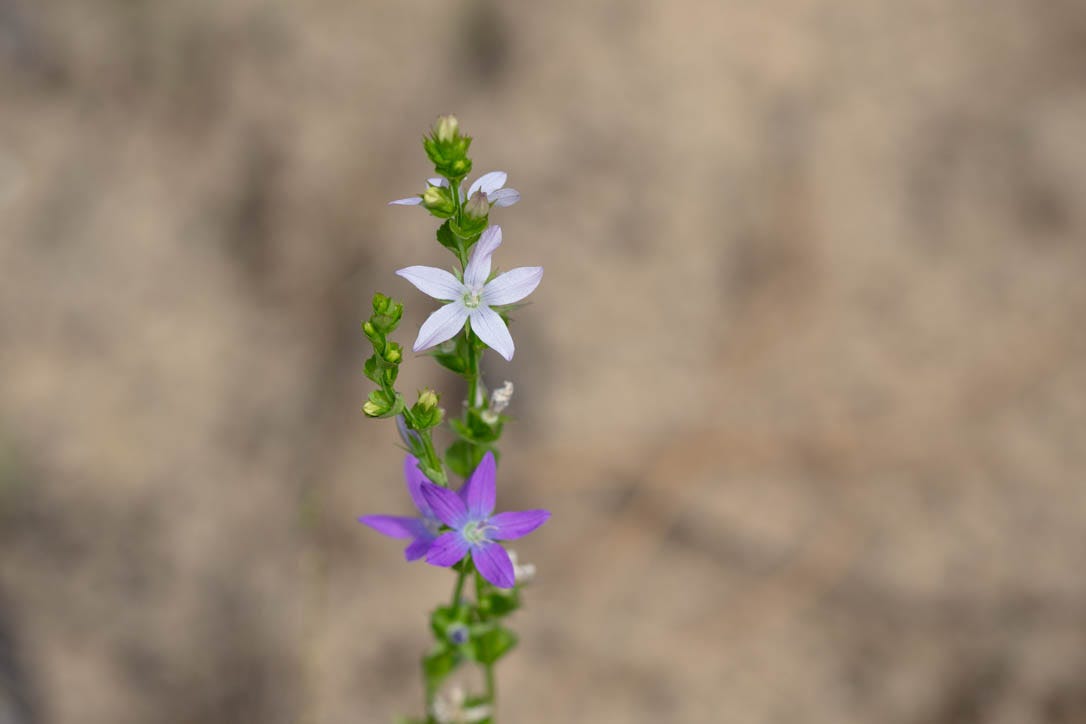
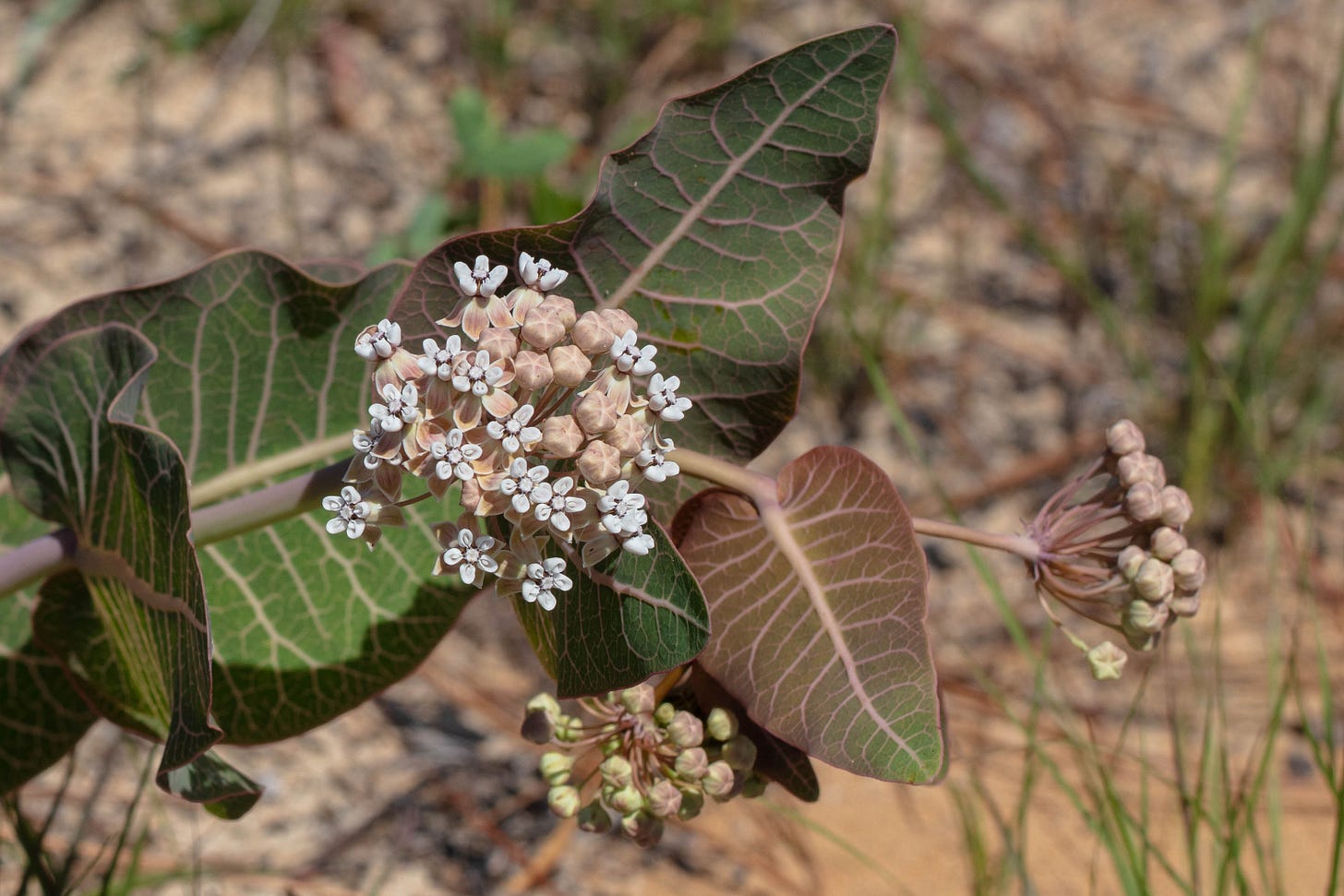


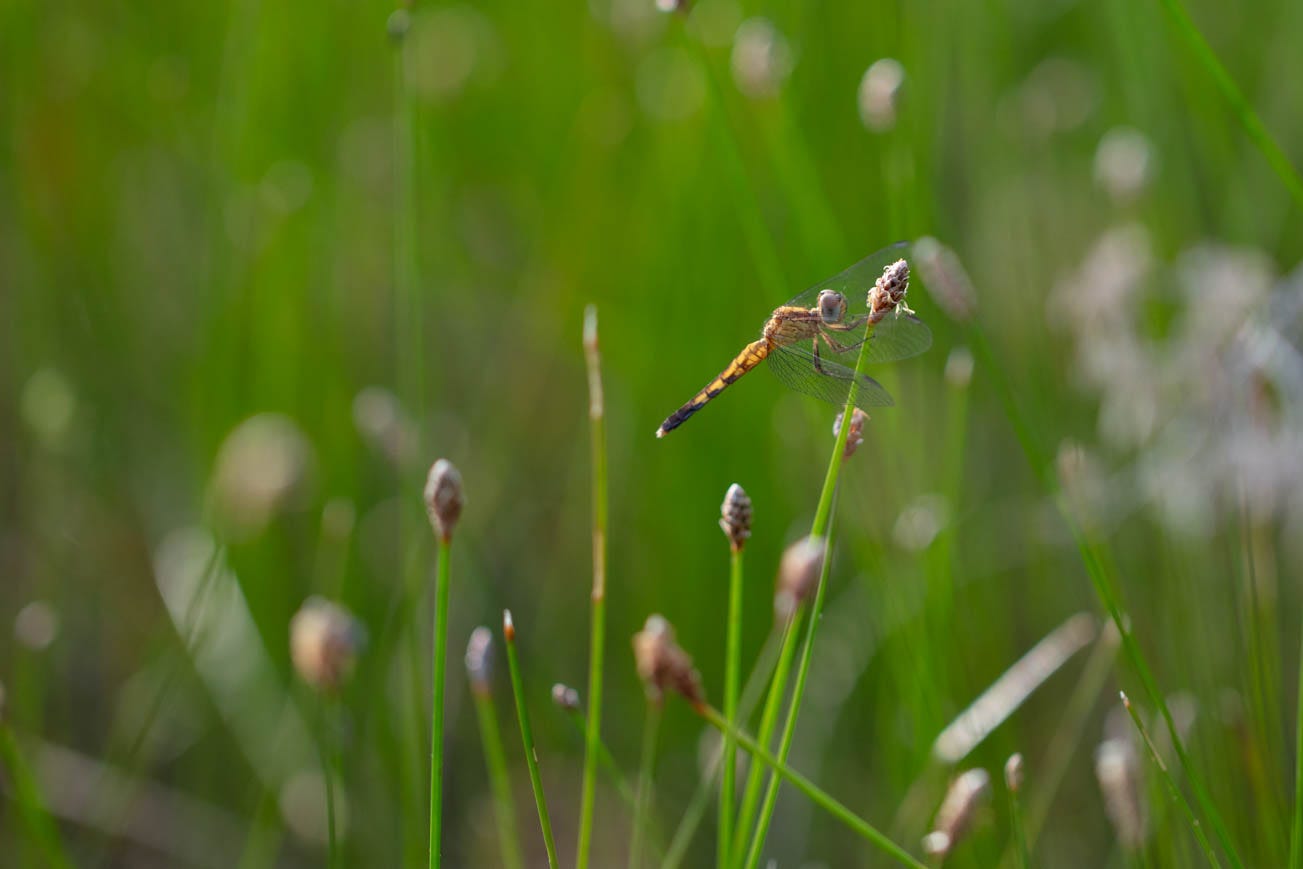
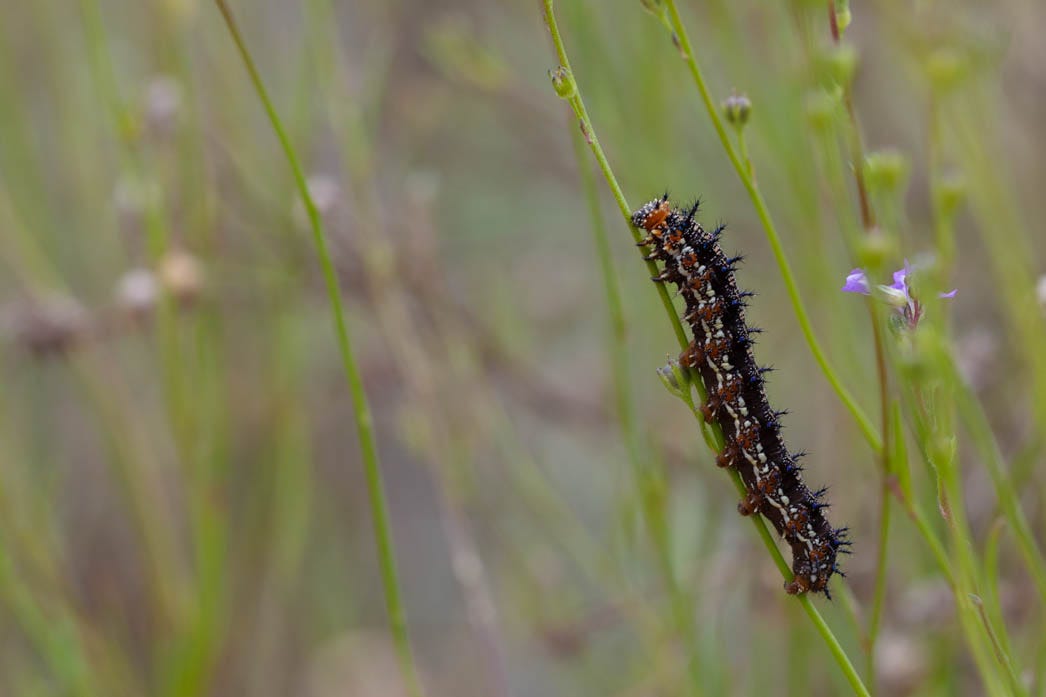
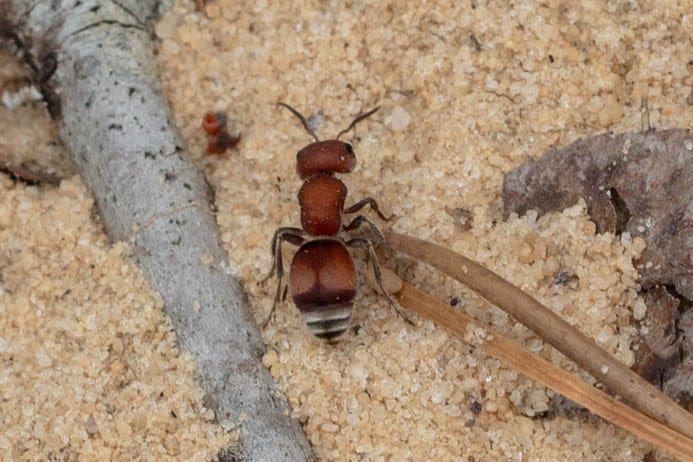
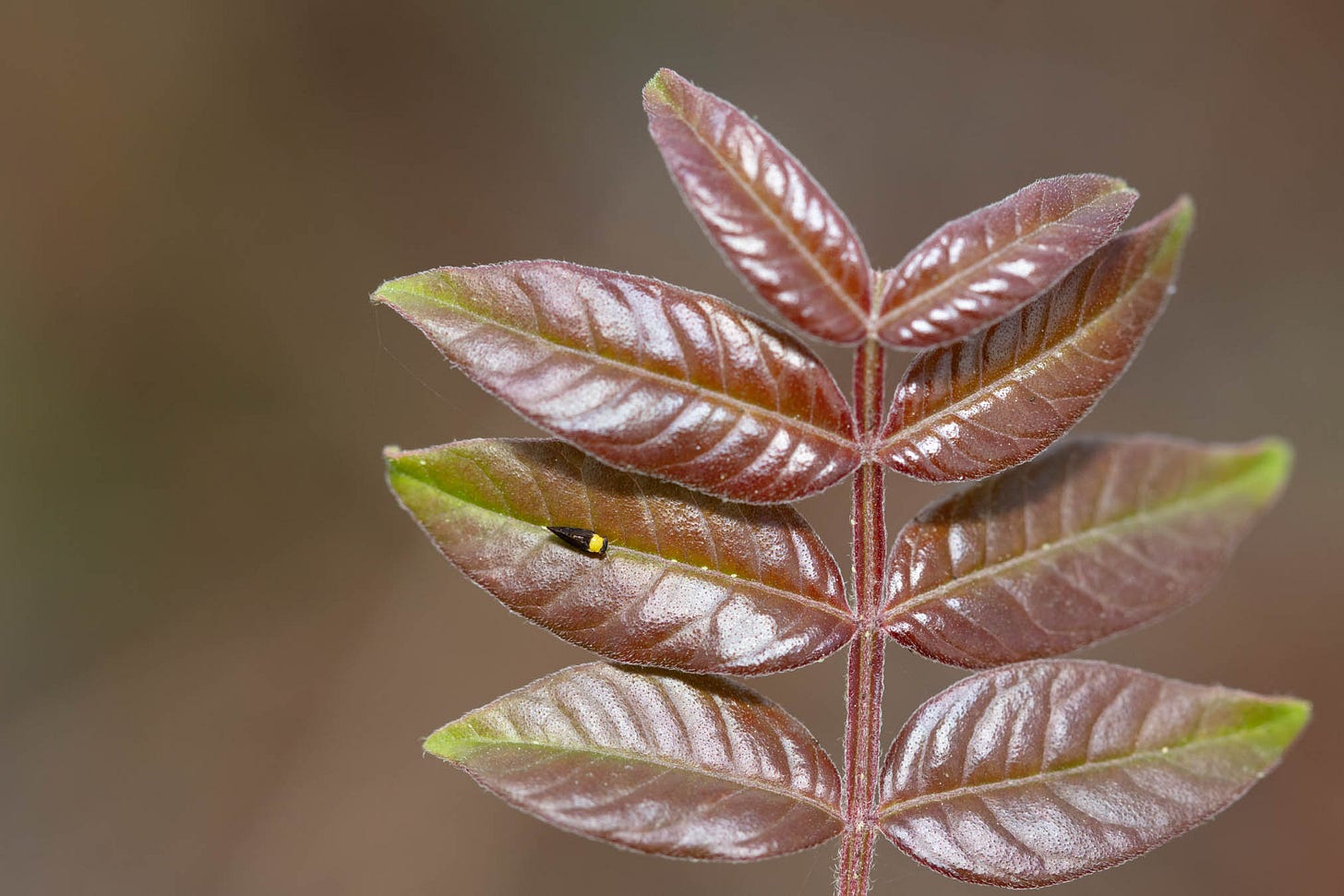
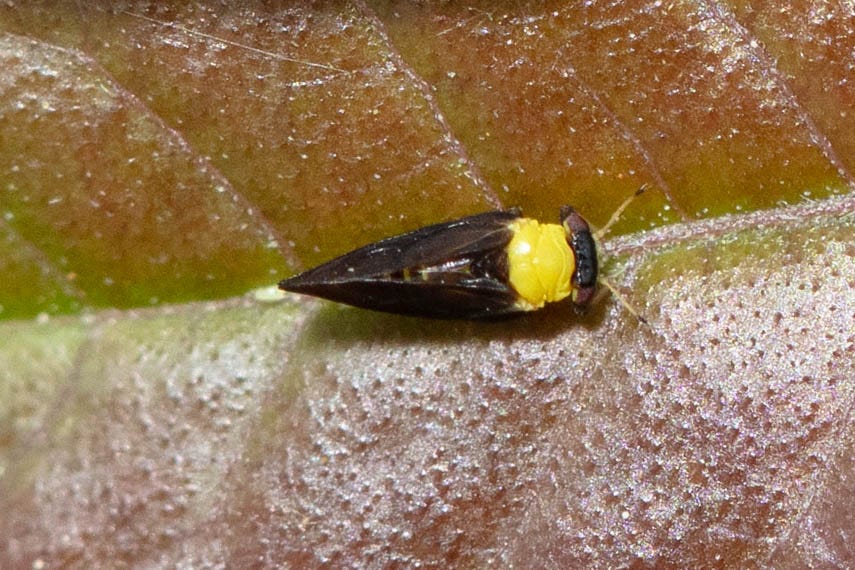
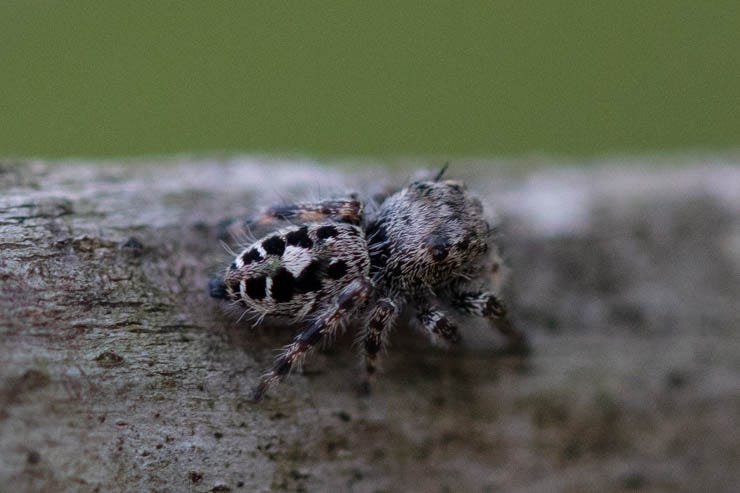
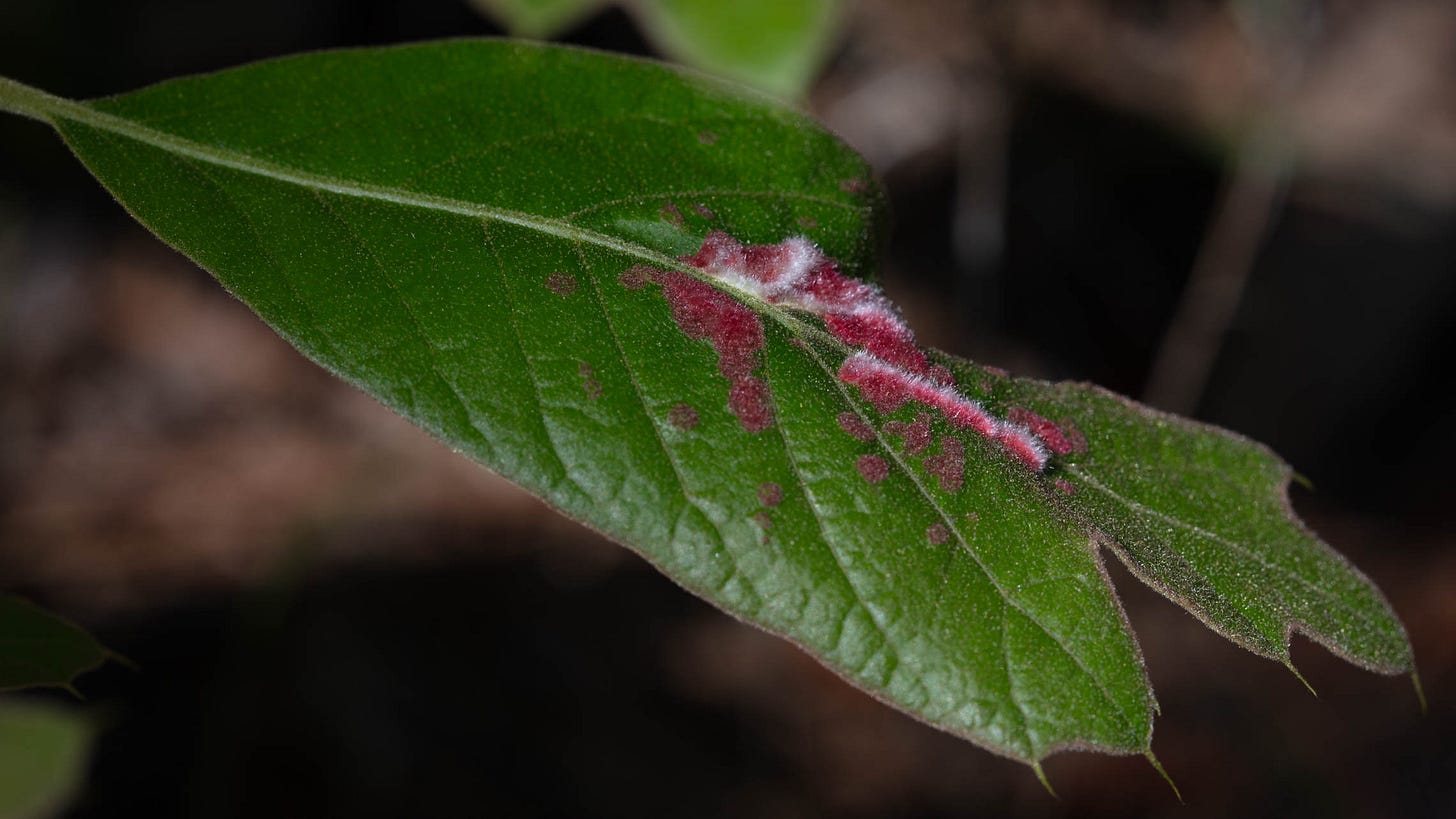



Such a beautiful array of life and color!
150% beautiful. You're a gem, and I thank you for this report. Take me there.